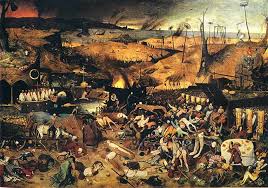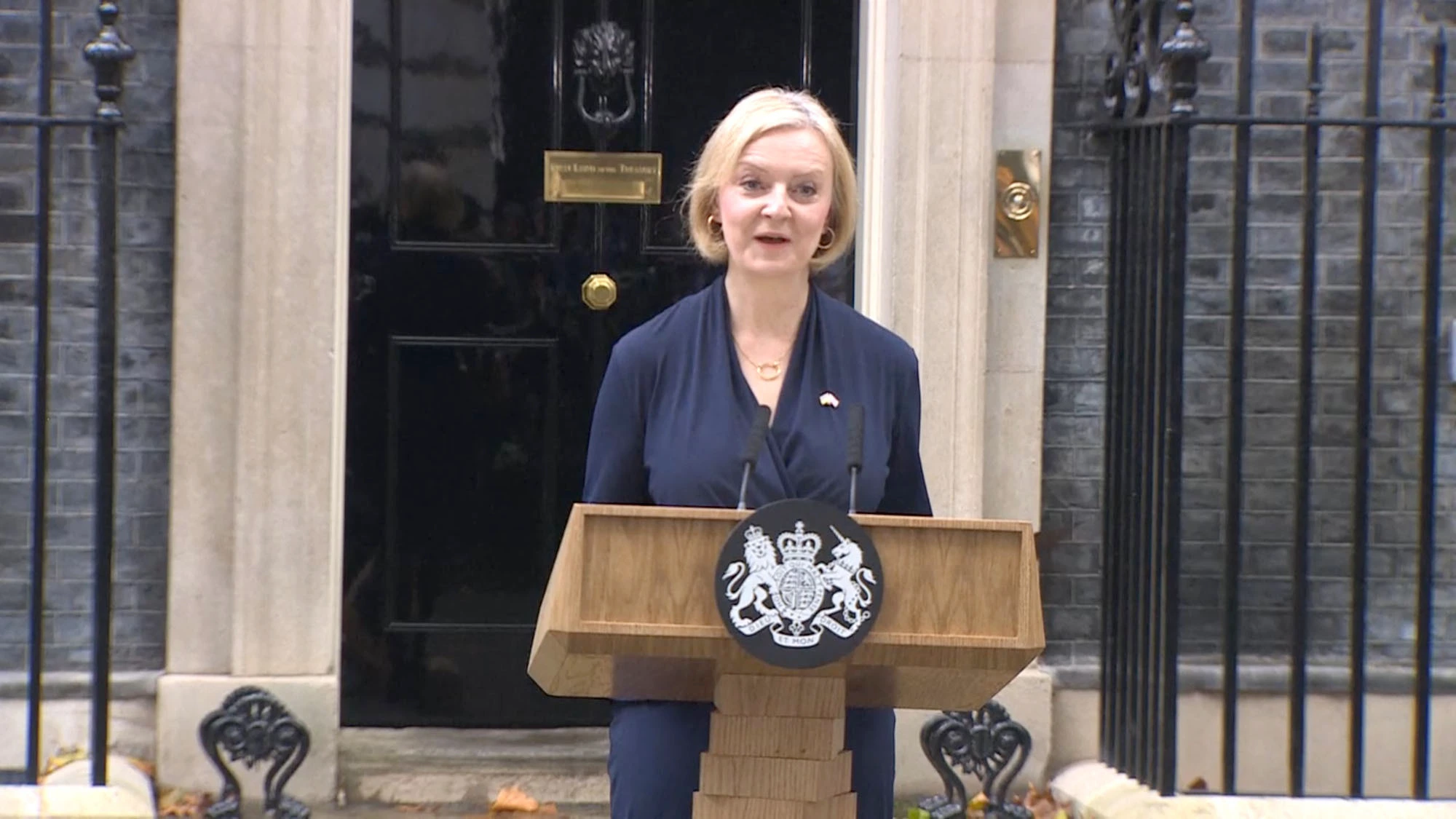This is a series that highlights major disastrous events that have occurred in the British History
The Black Death
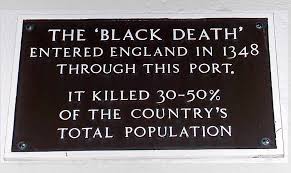
The bubonic plague was, also known as the Black Death, crippled Europe. Black Death ravaged the land, also known then as the Great Pestilence. It arrived in southwestern England in June 1348 and in northern Britain in 1350.
Originating initially from China, in the early-mid 1300s, it spread across the Mediterranean up to North Africa through their trade lines. It is said to have been caused by an infectious fever caused by YERSINIA PESTIS. The disease was likely spread from rodents to humans by infected fleas.
The Black Death caused a breakdown in the trade line; wars were temporarily abandoned, and the Black Death dealt heavy blows to labourers; it also resulted in an increase in wages for artisans as the labour force had depreciated by a high margin. Landowners, at some point, had to substitute rent for labour in order to keep their tenants; this served as a benefit to tenants.
The consequence of the deadly pandemic was that it triggered violent events. The Jews were blamed for the spread of the Black Death as it was common to blame the Jews for every negative event. This caused a violent spark which saw entire Jewish communities being murdered and several Jews being burned at stake.
A rough estimate shows that about 25 million deaths resulted from the plague.
The Great Storm of 1703
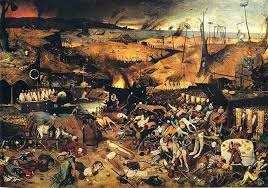
The great storm struck Southern England and the English Channel on November 26, 1703. It was described as beyond anything in living memory.
The winds tore across the country, bringing down anything in its path. It dealt a heavy blow to the new forest, which lost 4000 oaks, and in London, about 2000 chimney stacks collapsed. It was said that anyone who attempted to count the toll of trees at Kent gave up at 17,000.
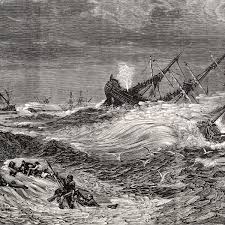
The storm did not reduce until December 2; they believed the storm was a way God expressed his anger towards them, just like he did in the Bible.
At Wells Cathedral, a part of the great west window was blown; Bishop Richard and his wife also lost their lives as two palace chimney stacks fell on them while they were asleep, and the southwest tower of Llandaff Cathedral at Cardiff in Wales suffered heavy damage.
After the storm, the government, preceded by Queen Anne, announced that the calamity loudly called for the most profound and most solemn humiliation of our people. They also declared January 9, 1704, as a day of fasting. The topic of the Great Storm became a moral in sermons until the 19th Century.
In the English Channel, heavy winds and the high sea drowned some vessels and pushed others into the Goodwin Sands. The royal navy suffered a significant casualty as she lost over 1500 seamen, including Rear-Admiral Basil Beaumont, who was the most senior officer among those who drowned. Daniel Defoe’s book on The Storm suggests that the Royal Navy lost one-fifth of its ships.

